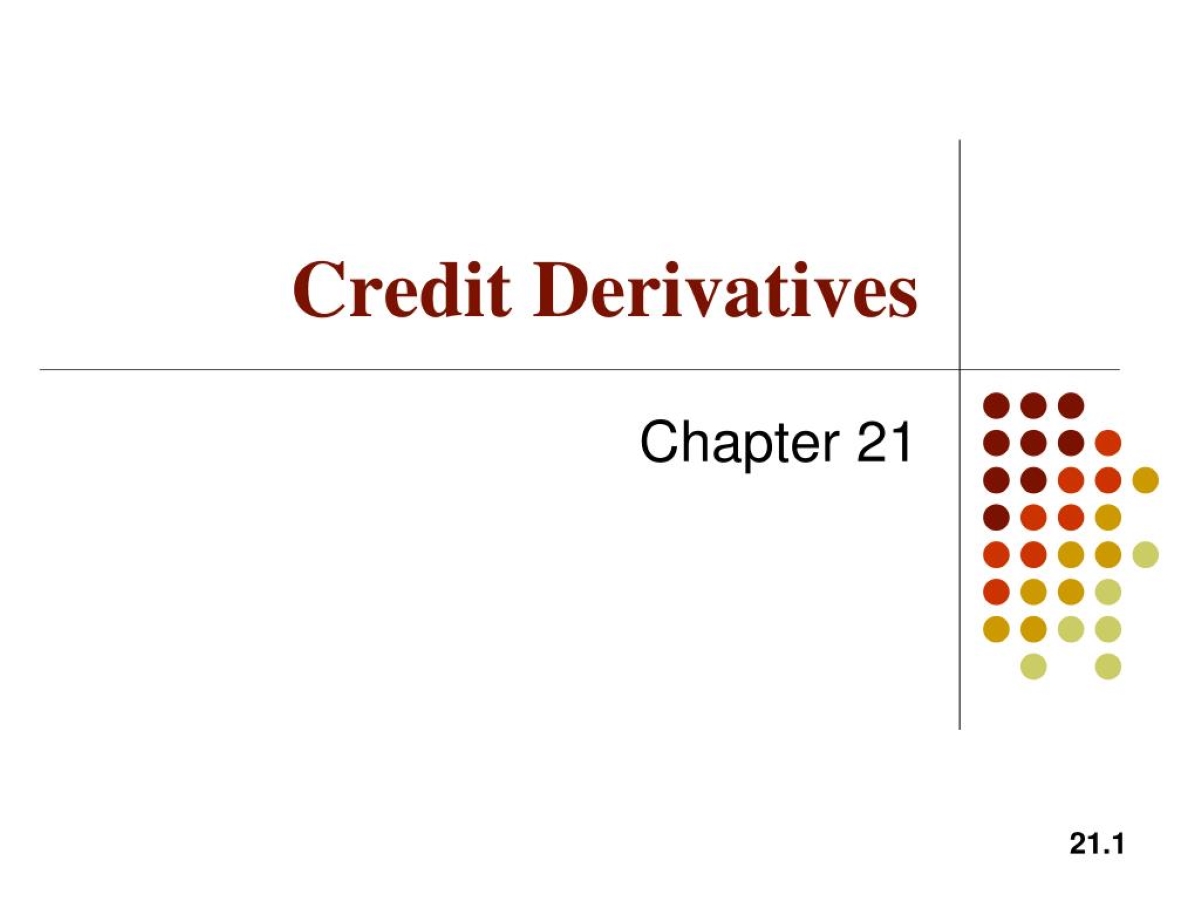Home>Finance>Comparable Store Sales: Definition, Calculation Formula, Example


Finance
Comparable Store Sales: Definition, Calculation Formula, Example
Published: October 30, 2023
Learn the definition, calculation formula, and see an example of comparable store sales in the finance industry. Enhance your financial knowledge now!
(Many of the links in this article redirect to a specific reviewed product. Your purchase of these products through affiliate links helps to generate commission for LiveWell, at no extra cost. Learn more)
Comparable Store Sales: Definition, Calculation Formula, Example
When it comes to measuring the performance of a retail company, one important metric stands out – comparable store sales. Comparable store sales, also known as same-store sales, is a critical indicator that helps investors and analysts gauge a company’s growth within its existing store base. In this blog post, we will dive into the definition, calculation formula, and provide an example of how comparable store sales are used.
Key Takeaways:
- Comparable store sales measure the revenue growth of a company’s existing stores over a specified period.
- The calculation formula for comparable store sales involves comparing the sales of stores that have been open for at least one year to the sales of the same stores in the previous year.
So, how exactly do you calculate comparable store sales? Let’s break it down:
Definition
Comparable store sales refer to the revenue growth of a retail company’s stores that have been open for at least one year. The purpose of evaluating comparable store sales is to understand how much of a company’s revenue growth is driven by existing store performance rather than the opening of new stores.
Calculation Formula
The calculation of comparable store sales involves comparing the sales of stores that have been operating for at least one year (known as the “comparable” or “same-store” sales) to their sales in a previous period (usually the same period of the previous year). The formula for calculating comparable store sales is as follows:
Comparable Store Sales % = (Current Period Sales – Previous Period Sales) / Previous Period Sales * 100
Example
Let’s look at an example to better understand how comparable store sales are calculated:
- In the current year, Company ABC had total sales of $1,000,000.
- In the previous year, the same stores of Company ABC had total sales of $800,000.
Using the formula mentioned above, we can calculate the comparable store sales as follows:
Comparable Store Sales % = ($1,000,000 – $800,000) / $800,000 * 100 = 25%
In this example, Company ABC achieved a comparable store sales growth of 25%, indicating a strong performance by its existing store base.
Comparable store sales are an essential metric for investors, analysts, and retailers alike. By tracking this metric, companies can better understand the health of their existing stores and identify areas that need improvement. Investors can also use comparable store sales to evaluate a company’s growth potential and make informed investment decisions.
So, the next time you come across the term “comparable store sales,” you’ll have a clear understanding of what it means, how to calculate it, and why it matters in the world of finance.














